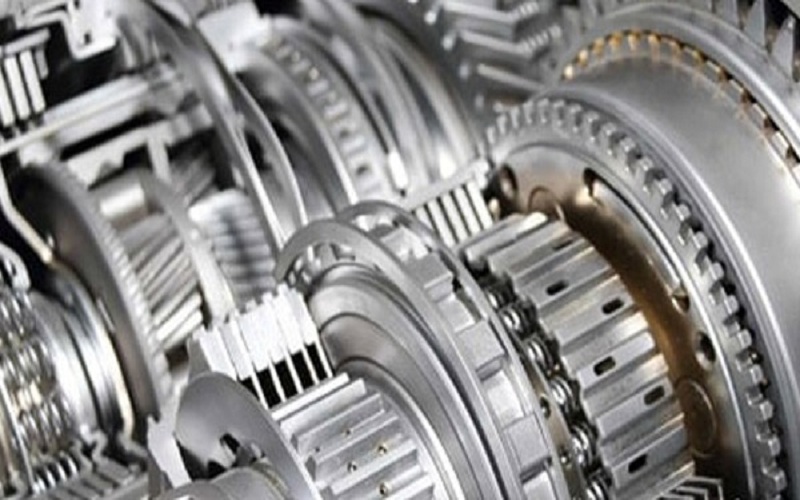In the ever-changing world of car making, it is very important to make sure that products are good and reliable. As what customers want changes and rules become stricter, companies that make car parts always have to work hard to create items that do more than just satisfy the basic requirements. Within the many tests linked with the car industry, climate tests are very important because they check if a part can last and work well in tough weather. The main tools for these tests are Advanced environmental test chamber; they are advanced machines made to create different weather situations and test car parts thoroughly. We should explore the world of environmental chambers and how essential they are for testing parts in cars.
Benchtop environmental chambers
Small in size but strong, benchtop environmental chambers are essential in testing labs for components. They provide accurate regulation of temperature and humidity, which lets engineers create many different types of conditions that car parts meet outside the lab. Benchtop chambers give a regulated setting to do thorough experiments, no matter if it is very hot, extremely cold or there’s high humidity like in the tropics.
Temperature and humidity chambers
Temperature and humidity chambers are designed to test how car parts work under different weather situations. They change the temperature and wetness in the air to match various places on Earth and times of the year so that makers can find problems in their products and improve them. These rooms copy the most extreme places, from very hot deserts to cold tundras, making sure that parts can handle any kind of weather condition they face.
Thermal shock test chambers
In the automotive engineering field, quick temperature changes can cause a lot of trouble for parts. Test chambers for thermal shock copy these sudden changes, making components experience fast switches from very high to low temperatures. These chambers test how strong a part is by copying the heat stress it would feel when an engine starts, in cold driving conditions, or if it cools down quickly after being very hot. This helps engineers to prevent parts from failing because of temperature changes.
Salt spray corrosion test chambers
Corrosion greatly damages car parts, especially where they use road salt for ice. Salt spray corrosion test chambers imitate the harmful impact of salty air by spraying components with a constant stream of saltwater mist. By keeping track of how rust develops over time, producers can measure how well a part stands up against corrosion and create materials and coatings that resist rust to make them last longer.
Accelerated weathering test chambers
The elements from nature can cause a lot of damage to car parts as time passes, but there are special test chambers that make this happen faster. They imitate many years of sun, water, and changes in temperature within just weeks or months. By making the ageing process faster, producers can see how materials break down as time passes and create mixtures that resist damage from UV rays, moisture, and temperature changes.
Dust and Sand Test Chambers
Automotive parts face harsh conditions, from the dusty paths of deserts to the rough streets in cities. They must resist small bits like dust that can enter and harm sensitive parts inside them. To mimic these tough environments, we use special rooms called dust and sand test chambers, where car components are put under constant attack by tiny pieces floating in the air. When makers check how well a part can resist dust getting inside and wear from rubbing, they improve the sealing, filtering and protective layers to make it last longer and work better.
Ozone test chambers
Ozone, which is a very reactive type of gas in our Earth’s air layers, can break down rubber and plastic parts inside cars. Chambers for testing ozone recreate this exposure so that those who make these parts can see how likely it is for them to crack or become fragile and be damaged by it. When engineers discover materials resistant to ozone damage, they can help make important parts like hoses, seals and gaskets last longer and be more dependable.
SO2, H2S, CO2 corrosion chambers
Automotive parts can also corrode from sulfur dioxide, hydrogen sulfide, and carbon dioxide in places with pollution. Special chambers that create these gases help manufacturers test how long materials last when exposed to them. When engineers expose parts to specific amounts of harmful gases, they can create ways to reduce damage from corrosion and make car systems last longer.
Industry drying ovens
Water getting inside can cause problems with how car parts work, especially the ones that use electricity. Drying machines used in factories help by heating these parts to take out the water. Manufacturers speed up the drying process and make sure that parts sensitive to moisture meet high-reliability standards by exposing components to higher temperatures in a dry setting.
Walk-in test chambers
To test big or complicated parts of cars, there are big rooms called walk-in test chambers that have a lot of space and can be changed to fit different needs. These rooms are big enough for things like the whole car body, parts of the frame, or even all the pieces put together. This means engineers can check them under many kinds of weather conditions. Walk-in chambers are flexible in use, they allow for testing how strong a car frame is or checking how well climate control systems work by simulating real-life conditions on a big scale.
To sum up, environmental chambers are very important for testing parts of cars. They let makers check how strong, dependable and well their products work when faced with different weather situations. This walk in environmental chamber can create cold or hot conditions, wetness, things that cause rust and rough materials to test the car parts in tough settings. This makes sure they reach the high levels of quality and trustworthiness that the car business requires. As the technology in cars keeps getting better, we will always need environmental chambers to help make cars that are safer, last longer and use less fuel.

